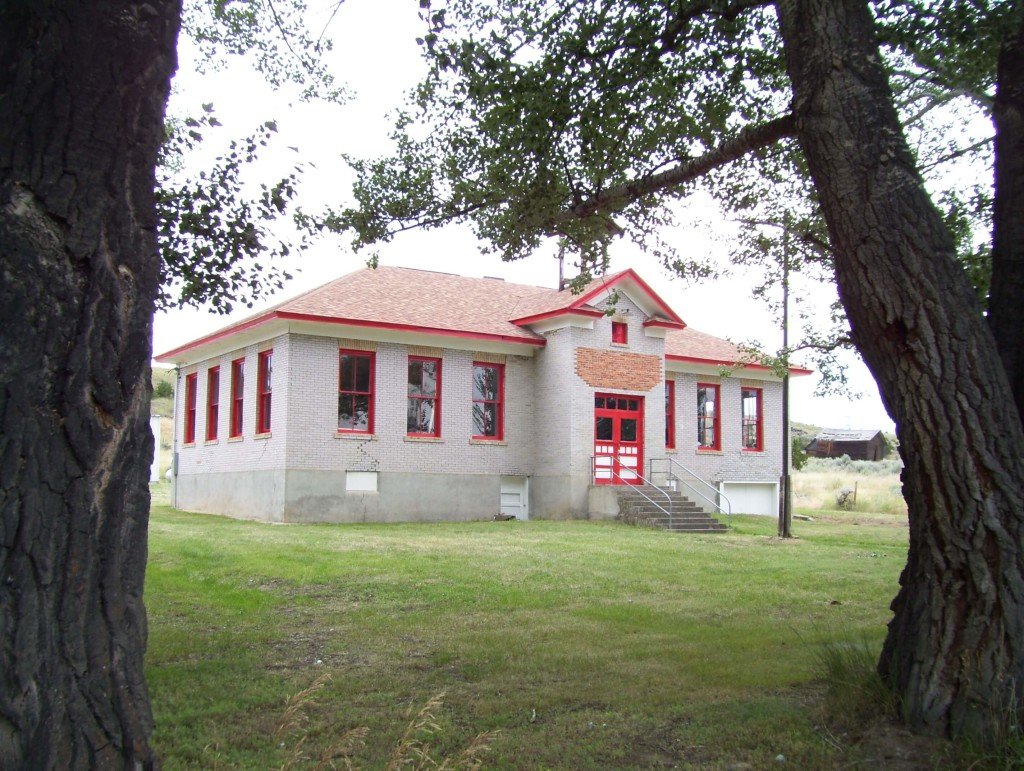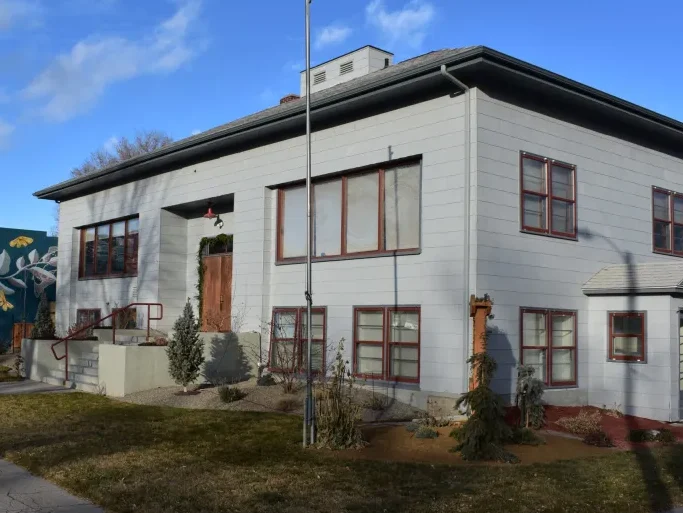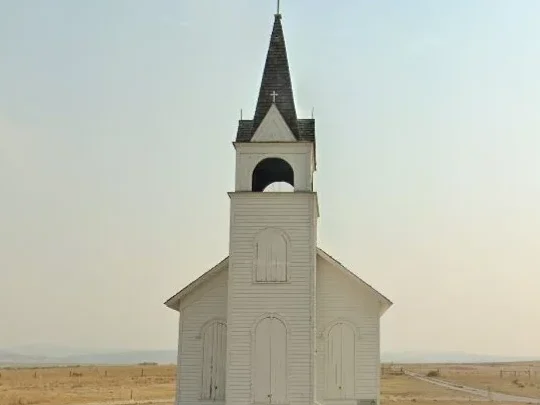Historic Sites
Visit the Broadwater County Museum to learn about the rich history in the area, stroll past historic buildings downtown, or venture out to those in surrounding areas.
Historic Sites Around Townsend

Radersburg Schoolhouse
In 2013 Radersburg Days celebrated the 100th anniversary of the establishment of the Radersburg Schoolhouse. The historic Radersburg Schoolhouse was in use from 1913 through 1966 and hundreds of local children passed through the 2 room schoolhouse. When the Radersburg and Toston school districts merged in 1966 Radersburg children attended school in Toston and the schoolhouse was closed.
In recent years, the Radersburg community has converted the historic Schoolhouse to a Community Center. One of the rooms servers as a meeting room for the local residents (and a restaurant during the Radersburg Days celebration) while the other is a small museum dedicated to the memory of the schoolhouse.

Masonic Lodge No. 21
On December 5, 1875, Masons in Meagher County chartered Valley Lodge No. 21 (A.F. & A.M.) in Centerville, a farming community just north of present-day Townsend. The lodge moved to Townsend in 1884, shortly after the Northern Pacific Railroad platted the town. From 1884 to 1947 the Masons met in rented spaces, first over a store and then in the International Order of Odd Fellows (IOOF) Hall.
U.S. entry into World War II delayed their plans to construct their own building. Believing that it was more important to maintain “American Liberty” than to “consider our own comforts and pleasures,” the lodge decided in January 1942 to invest the money it had saved for the building in defense bonds.
After the war, Helena architect Herbert Jacobson designed the lodge in the Minimal Traditional style. More common to residences than public buildings, the style, which emphasized simplicity, grew out of the need for inexpensive but well-built homes. Although lacking the ornamentation seen on earlier Masonic temples, Jacobson’s design did incorporate two quintessential Masonic elements: a cornerstone with the Masonic symbol and a second-story, windowless room where the Masons could perform rituals away from the public eye.
Contractors, working with Masonic volunteers, completed the building for $30,000. They used up-to-date materials that exemplified postwar vernacular architecture, including asbestos shingles on the exterior and, on the interior, vertical knotty pine tongue-and-groove wainscoting and fiberboard (Homasote) and plywood paneling. Dedicated in 1948, the temple served Lodge 21 until 2017.
It is currently a community center with rentable spaces for businesses, lodging and events.

St. Joseph’s Church
Settlements like the small village of Canton sprang up in the 1860s to serve ranchers and farmers in the Missouri River Valley. By 1872, Canton boasted a mercantile, post office, saloon and dance hall, a doctor, and a hotel.
Scattered settlers came together to construct this simple, eloquent Colonial style church in 1875-76. Paid for with community donations and built by ninety volunteer lay laborers, the church was dedicated on October 22, 1876. It is the state’s oldest standing Roman Catholic church not built by a religious order.
The style, rarely found in Montana, reflects the roots of many local settlers who hailed from Canton, New York, and elsewhere back east. Arched windows with decorative moldings and a fan light over the original four-panel entry doors (now enclosed in the vestibule) are elements of this style. The Northern Pacific bypassed Canton in favor of Townsend in the 1880s, but the addition of the steeple and vestibule in 1902 document continued growth of the congregation.
After World War II, federal officials planned to upgrade Canyon Ferry Dam and raise the reservoir. In its path lay 4,000 farm acres and the village of Canton. In 1952, St. Joseph’s was moved two and a half miles to this location before water swallowed the land. The church, now near St. Joseph’s Cemetery where many of its founding members rest, became a focal point for the displaced community.
The Canton Church Project, organized in 1996 with the help of the Catholic Diocese of Helena, today maintains the church. Members include descendants of the pioneer congregation. Musical events are held during the summer.


